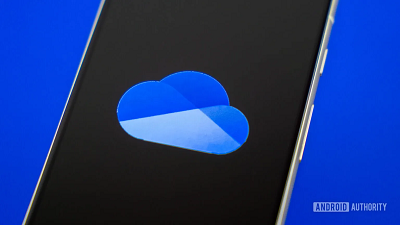1
Linux, gOS, Harmony OS, Moblin, Ubuntu, OpenSuse / Introducing the AlmaLinux HPC and AI SIG
« Last post by javajolt on May 03, 2024, 05:06:13 PM »
The AlmaLinux HPC and AI SIG is dedicated to supporting and guiding individuals and organizations in leveraging the full potential of AlmaLinux for their high-performance computing and artificial intelligence endeavors. With its exceptional performance, security, and scalability, AlmaLinux has emerged as the Linux distribution of choice for those seeking to push the boundaries of computational power and innovation in enterprises, universities, research institutions, and the cloud. As a truly community-backed enterprise Linux distro, AlmaLinux provides the ideal platform for developers, administrators, and researchers to collaborate and build upon for their research and HPC and AI deployments. The HPC and AI SIG is here to ensure that users have the resources, expertise, and community support needed to maximize the benefits of AlmaLinux in their HPC and AI projects.
The AlmaLinux HPC AI SIG is being founded by a group of HPC and AI experts who have chosen AlmaLinux as the operating system to power their projects. This includes representatives of HPC hardware vendors, AI/ML open-source software projects, and administrators deploying AlmaLinux at research institutions. With a shared passion for harnessing the immense potential of HPC and AI, the SIG members will collaborate, innovate, and exchange knowledge within the AlmaLinux community. By leveraging AlmaLinux’s stability, security, compatibility, and performance, we are able to push the boundaries of what is possible in our respective fields, while simultaneously contributing our expertise to help users thrive in their HPC and AI endeavors. Together, the SIG members are dedicated to advancing the capabilities of AlmaLinux and driving the future of HPC and AI.
The goals of the new SIG
The members of the AlmaLinux HPC and AI SIG are committed to promoting the numerous benefits that AlmaLinux brings to the realm of HPC and AI. Through the SIG’s collective knowledge and experience, we aim to provide guidance and support to AlmaLinux users who are engaged in HPC and AI projects. Whether it’s optimizing performance, ensuring security, or overcoming challenges, SIG members are here to share their knowledge, offer assistance, and foster a collaborative environment for HPC and AI users in the AlmaLinux community.
As advocates for the HPC and AI community within AlmaLinux, the SIG represents their interests and addresses their unique needs. The SIG acts as a voice for the community, ensuring that their perspectives, challenges, and requirements are heard and understood by the broader AlmaLinux development team. By actively engaging with users, listening to their feedback, and advocating for necessary improvements or features, we strive to shape the future direction of AlmaLinux to better serve the HPC and AI community. Through our efforts, we aim to foster a strong and symbiotic relationship between AlmaLinux and the HPC and AI community, enabling continuous innovation and growth for both.
Get involved
Outside the AlmaLinux community, the AlmaLinux HPC and SIG aim to foster partnerships and relationships with third-party stakeholders, such as hardware vendors and open-source software projects, to enhance the compatibility, performance, and optimization of AlmaLinux for HPC and AI workloads. Through these collaborations, the SIG can ensure that AlmaLinux remains at the forefront of technological advancements in the HPC and AI domains, providing a seamless and efficient environment for researchers and developers. Join us in advocating for AlmaLinux and driving the adoption of HPC and AI applications by engaging in collaborative efforts and contributing to the growth and development of this powerful platform. Together, we can shape the future of HPC and AI with AlmaLinux.
Join our efforts to collaborate with HPC and AI experts, tap into their knowledge and experience, and unlock the full potential of AlmaLinux for your projects. Engage in discussions, share insights, and stay updated on the latest developments through our Mattermost chat channel, and mailing list, and keep an eye open for our first quarterly meeting!
source

 Recent Posts
Recent Posts

















